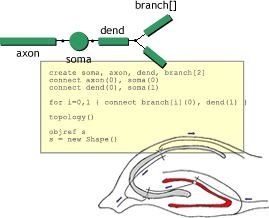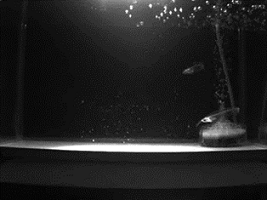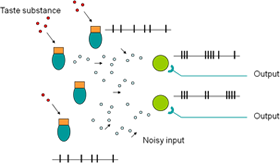RESEARCH
Spiking neural network model of hippocampus-entorhinal cortex

We are studying a spiking neural network model of the hippocampal-entorhinal cortex. The hippocampus and the entorhinal cortex is an important brain region for episodic memory. In those brain regions, there are several episode memory related neurons: place cells, grid cells, time cells, head-direction cells, and speed cells. To understand the encoding, consolidation, and retrieval of episodic memories, we propose a neural network of the hippocampus-entorhinal cortex that includes distinctive neurons such as place cells and time cells.
Fish study

Some fish have the ability to detect the environmental electricity. Those fish can find their food, such as a shell or a zooplankton, hidden in the sand or under the low visibility condition. We study the behavior of transparent glass catfish. The glass catfish avoids the electric stimulation in a certain frequency range.
We are also interested in the electrophysiological property of their electroreceptors. The afferent nerves of the electroreceptors show spontaneous periodic impulses. Nonlinear responses of the afferent nerve impulse to the external electric stimulation is one of interesting topics.
Chemical sensor array inspired by mouse taste buds

We are developing a chemical sensor array inspired by mouse taste buds. Our sensory system detects concentration of a chemical substance as the degree of synchronization of neural activity. Receptive membranes in the sensor array differ in sensitivity to a chemical substance. Output of that sensor array causes synchronization of bursts in uncoupled non-identical output cells.

